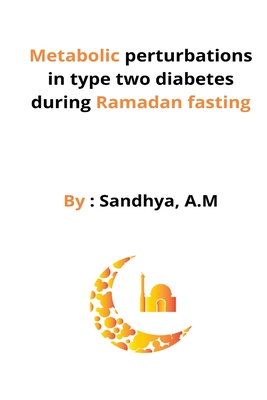You are here
Back to topMetabolic perturbations in type two diabetes during Ramadan fasting (Paperback)
Description
Introduction
The burst out of Diabetes mellitus over the past 30 years has transformed
the disease into a major cause of morbidity and mortality from the simple the tag of
a mild disorder of elderly. In countries like India where major population belong
to low- and middle-income group, the complete society is all the time more
affected by the disease (Whiting et al., 2011). Diabetes mellitus is a chronic
condition of multifactorial hyperglycemia with or without excretion of glucose
through urine. This deadly disease is known to the mankind since pre-historic era.
The etiologies for the rise in blood glucose range from autoimmune destruction of
pancreatic beta cell to idiopathic. The key pathophysiology behind the
hyperglycemia is the deficiency of insulin or defective response to insulin by
tissues. The metabolic alterations in diabetes mellitus over years infuriate the
functioning of various organs like heart, brain, kidney, retina, lens, vascular
system, peripheral nerves and often compromise the quality and longevity of life
(American Diabetes Association, 2010).
Diabetes mellitus, which was previously considered as single disease, now
recognized as a group of disorders and encompasses several types. The most
important and common classes of diabetes mellitus are type 1 and type 2. In this
Type 1 commonly turns out due to absolute or relative deficiency in insulin
secretion as the pancreatic cells are defective. Type 2 diabetes mellitus is a nonautoimmune
disease characterized by an elevation in the blood glucose level by a
relative deficiency in insulin secretion or insulin resistance (American Diabetes
Association, 2015).
1.1 DISARRANGEMENT OF CIRCADIAN RHYTHM - A MAJOR RISK
FACTOR FOR TYPE 2 DIABETES MELLITUS
Circadian clocks are endogenous oscillators which regulate daily rhythms in
normal physiology, metabolism and behavior. In mammals, the suprachiasmatic
nucleus (SCN) of hypothalamus is the area where the circadian clock is located,
